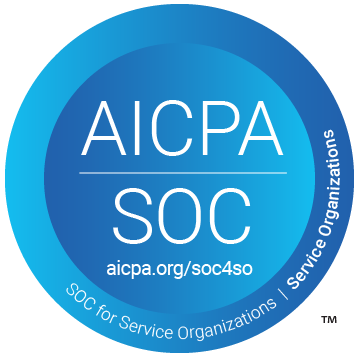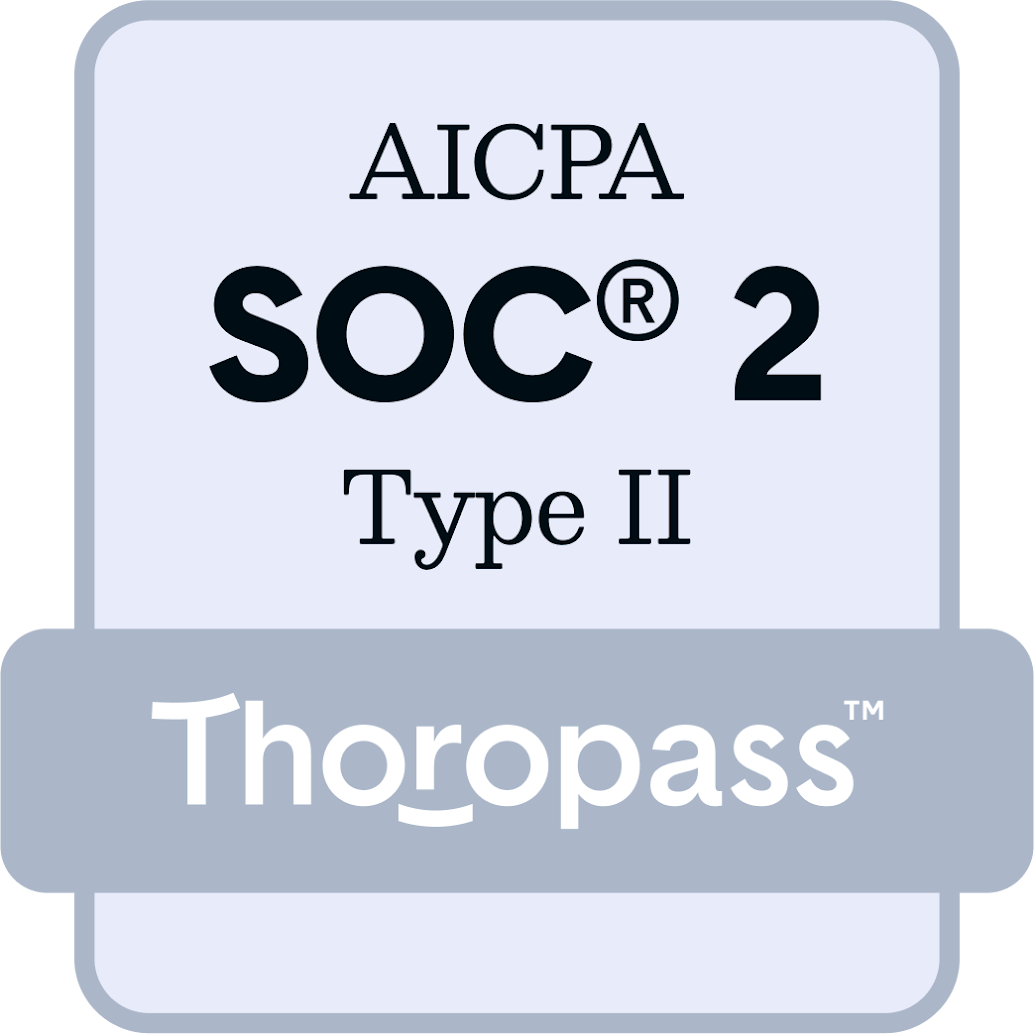Unpacking the Differences in Relative TSR Design
April 28, 2025
Andrew Gordon

Relative TSR has been one of the most popular long-term incentive plan metrics since the accelerated adoption of performance-based equity plans in the Say on Pay era. In periods of higher volatility, companies are more likely to adopt relative metrics of any kind, but most commonly relative TSR, due to the difficulty of making accurate long-term forecasts for absolute targets. With the recent tariff announcements from the Trump administration, it’s likely that many companies will increase the weighting on relative performance and/or shorten performance periods to maintain line-of-sight for their executive team.
While relative TSR is often viewed as the plain vanilla choice of plan designs, there are still several variables to determine when selecting it as a metric. For example, a company has to decide the length of time to measure, the comparator group, whether to factor in stock price averaging, the weighting or modifier effect on the overall payouts, and whether to implement additional contingencies such as absolute TSR floors or caps to avoid misaligned payouts if the company performs poorly or well on an absolute basis. However, one of the most impactful decisions is the payout scale, i.e. the threshold, target, and maximum performance levels and their corresponding payouts. These inputs heavily factor into the Monte Carlo valuation of the award which ultimately determines the accounting expense the company will have to recognize.
Given that accounting rules factor in the rigor of the award through the Monte Carlo valuation, from a financial perspective there’s no “free lunch” to setting easier targets. However, companies can decide whether or not to allocate grants to executives on a face value or Monte Carlo basis. If they choose face value, then executives would benefit from easier plans or be penalized for more difficult ones. One way to determine the difficulty of a plan is to calculate the expected value based on the payout scale. This can be done by assuming each percentile outcome is equally likely and multiplying and summing each percentile by the corresponding payout. A “neutral” outcome in this case would be a score of one (i.e. 100% of target), with less than one being more difficult and greater than one being less difficult.
For example, the most common relative TSR payout scale is a threshold payout of 50%, maximum payout of 200% and threshold/target/maximum goals of the 25th/50th/75th percentiles. Given the assumption that all outcomes are equally likely, under this award structure there would be a 25% chance of below threshold performance (0% payout), 25% chance of performance between threshold and target (average of 50% and 100% = 75% payout), 25% chance of performance between target and maximum (average of 100% and 200% = 150% payout), and 25% chance of above maximum performance (200% payout). Summing these four outcomes after multiplying by the probability of each yields 0 + 0.1875 + 0.375 + 0.5 = 1.0625. This translates to an expected of payout of 106.25% of target (excluding any stock price change effects).
Equilar’s IPAC payouts and weightings database tracks all the metrics, payout scales, definitions, and plan design features for short- and long-term plans for the CEO. To determine the variability in relative TSR metric rigor, we filtered the IPAC database for the following characteristics:
1) long-term awards with a three-year performance period;
2) relative TSR metrics with a weighted impact;
3) targets disclosed on a percentile basis (as opposed to an outperformance basis); and
4) full disclosure of the threshold, target, and maximum performance levels and payouts.
This yielded 1,049 results from select companies in the Russell 3000 for grants between 2020 and 2024. Overall, the expected value distribution for all grants was as follows:
|
Expected Value of Target |
| 0 |
57.5 |
| 10th |
86.9 |
| 20th |
90.0 |
| 30th |
93.8 |
| 40th |
95.6 |
| 50th |
98.1 |
| 60th |
100 |
| 70th |
102.5 |
| 80th |
105.0 |
| 90th |
106.3 |
| 100th |
161.3 |
These results show a fairly tight distribution around an expected value of one, with approximately 57.6% of companies using a plan that would expect to pay out below target on average, 35.8% that would expect to pay above target on average and 6.6% that would expect to pay exactly at target on average. Only 5.6% of grants deviate by 20% or more from the expected value of one, while 77.1% of plans fall within 10% of one.
When viewed by grant year, the results are as follows:
| GRANT YEAR |
AVERAGE EXPECTED VALUE |
MEDIAN EXPECTED VALUE |
| 2020 |
96.4% |
96.3% |
| 2021 |
97.2% |
97.5% |
| 2022 |
97.4% |
98.8% |
| 2023 |
97.5% |
98.8% |
| 2024 |
99.4% |
100.0% |
It is imperative to note that while these results indicate an increase towards an expected value of one over the last five years, the underlying data doesn’t consist of the same companies each year, and more data would be required to confirm this conclusion. These results, if confirmed, would seem counter to the trend of companies increasing target performance to be above the 50th percentile, which all else being equal lowers expected value. It’s possible that other changes in the payout scale, such as reducing the maximum goal, increasing the maximum payout, decreasing the threshold goal or increasing the threshold payout could be having a larger impact.
The final study performed on this dataset consisted of calculating performance and payout outcomes for awards with completed performance periods. Based on the filters previously mentioned, these are all three-year grants made in 2020, 2021 and 2022. When separating the grants with disclosed payouts into quartiles based on their expected value, we found the following results:
| EXPECTED VALUE |
AVERAGE PERFORMANCE |
AVERAGE PAYOUT |
MEDIAN PERFORMANCE |
MEDIAN PAYOUT |
| 1st Quartile (Highest) |
51.0 |
103.1% |
53.0 |
98.0% |
| 2nd Quartile |
54.3 |
105.6% |
55.0 |
100.0% |
| 3rd Quartile |
50.1 |
90.1% |
50.0 |
86.0% |
| 4th Quartile (Lowest) |
58.4 |
103.0% |
58.9 |
114.0% |
While there are no clear-cut patterns in this limited sample, the impact of the different levels of rigor on the payout outcomes is evident. For example, the fourth quartile (most difficult) plans outperformed the other quartiles but received a smaller than expected boost in payout. Similarly, the third quartile only slightly underperformed the first quartile but received noticeably lower payouts. A larger study would be required to determine if there is any relation between more difficult plan designs and performance outcomes.
Whether you’re looking to do a full incentive plan refresh, or just considering adjusting select plan features, Equilar’s IPAC database contains granular incentive plan data for thousands of companies to help you quickly assess market standards, trends and year-over-year analytics.
If you're interested in a deeper dive into how companies are structuring Relative TSR plans and the impact of design choices on payout outcomes,
the Equilar Research Services team can help. Contact us for customized insights and benchmarking data on long-term incentive plan design across the market.
Contact

Andrew Gordon
Senior Director of Research Services at Equilar
Andrew Gordon, Senior Director of Research Services at Equilar, authored this post. Please contact Amit Batish, Senior Director of Content & Communications, at abatish@equilar.com for more information on Equilar research and data analysis.
 Solutions
Solutions











